By Christopher Miskimon
Dr. Till Paasche and Shaun Murray were from different countries, but they came together in Syria. Shaun was just a child when the 9/11 attacks occurred, and by the time he was old enough to serve, the war in Iraq was winding down. A citizen of the UK, Shaun served in the Royal Irish Regiment of the British Army. He wanted to make a difference in the world and Syria was where he chose to do so.
After arriving, he met Dr. “Baz” Paasche, a German doctor serving as a medic for the Kurdish forces fighting Daesh. The pair soon met Jefferson, a Brazilian who obtained American citizenship by serving in the U.S. Army. The three men each possessed skills needed to survive and be productive in this war zone, so they decided to stick together.
Kurdish commanders were initially reluctant to risk the lives of westerners on the front lines, but the trio soon made their way to Rojava, a town being fought over by Kurdish and Daesh forces. Baz and Shaun were given new AK rifles, still covered in grease from the Soviet factory which made them. The rifles were date-stamped 1965. When Baz asked where the weapons came from, his commander told him, “As soon as there is war, someone will sell weapons from somewhere. That’s just how it is.”
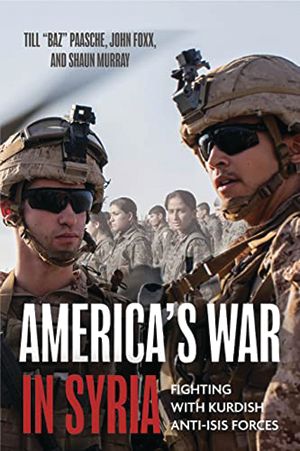
When the pair turned around, they saw Jefferson–holding an American M16. It was a rare and precious weapon in this area, but he had gotten one simply by asking for it. The M16 was one of thousands given to the Iraqi army by the Americans. At some point it had been captured by Daesh and brought to Syria. There, its Islamic State user had been killed and now the rifle was back in the hands of an American who would use it against the Islamist extremists.
Due to the heavy casualties most Kurdish units suffered, the majority of the westerner’s fellow soldiers were teenagers. Few of the troops were over 23 and the youngest were 15. There was a rule against recruiting anyone younger. The unit sat on one side of a berm made of earth, sandbags and old mattresses. During the day a few sentries stood guard while most of the troops slept. At night everyone manned the berm, expecting a Daesh attack. Life soon became a dull and tedious existence, waiting for an attack. Occasional duels with heavy machine guns punctuated the periods of boredom. Jefferson constantly hunted for 5.56mm ammunition for his M16.
The nerve-racking days of avoiding snipers and drinking chai (tea) seemed endless, until the Americans arrived. One night, as the Kurdish fighters manned the berm, two USAF AC-130 gunships appeared in the sky overhead. They flew over the front line and dispersed a long line of red flares, which lit the area. The two gunships then opened fire on the Daesh positions, pounding them with cannon and machine gun fire. The Kurds listened on the radio to unencrypted Daesh transmissions. Each time an enemy fighter died, someone on the radio said the deceased had “gone to paradise.” It made the Kurdish troops happy to hear that.
Up to now, the Daesh troops had the upper hand. Now, every time they moved, deadly fire struck them down. Many went into their bunkers and fighting positions, but the advanced imaging systems on the AC-130s spotted them anyway. During the day, F-18 fighters joined the fight, their munitions shaking the ground when they detonated. The Islamic State fighters could only squat in their crumbling bunkers and wait for the bomb or shell that would kill them.
Fighting nearby was American John Foxx, a former U.S. Marine who also volunteered to join the Kurds. The Baz, Shean and John took part firsthand in the terrible fighting in Syria against Daesh. They later pooled their experiences and wrote America’s War in Syria: Fighting with Kurdish Anti-Isis Forces (Till “Baz” Paasche, John Foxx and Shaun Murray, Casematte Books, Havertown PA, 2022, 304 pp., maps, photographs, glossary, notes, bibliography, index, $34.95, hardcover).
These men fought in all the major Kurdish operations against Daesh from late 2014 to mid-2016. They worked with Special Forces units from the U.S., the UK and France, helping evacuate hundreds of wounded. The book is a fascinating and down-to-earth look at the war against the so-called Islamic State from the vanguard. The gritty, honest narrative gives the reader a close look at the war, its participants and its victims. It provides an intimate understanding of a war most Americans know little about.
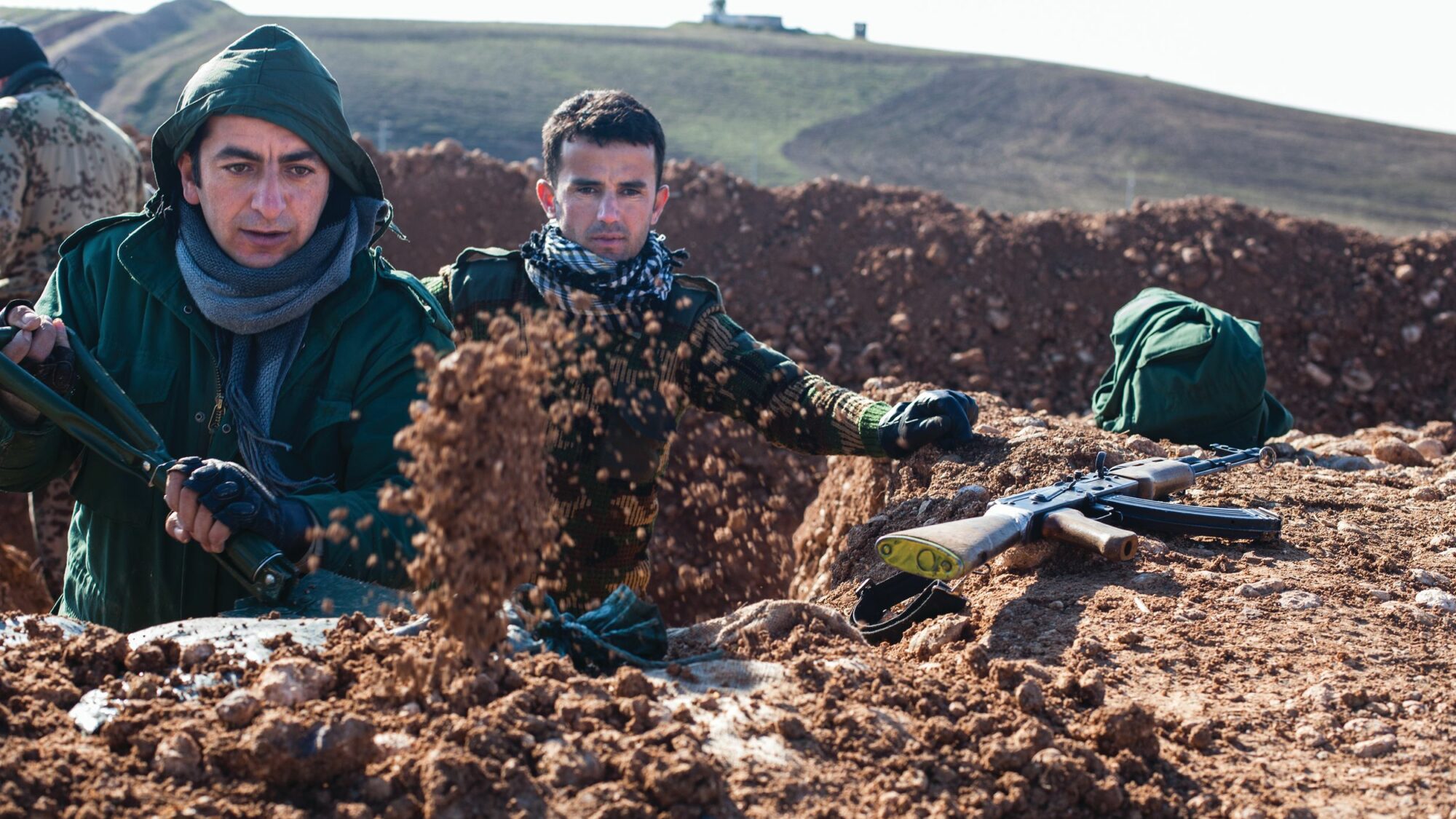
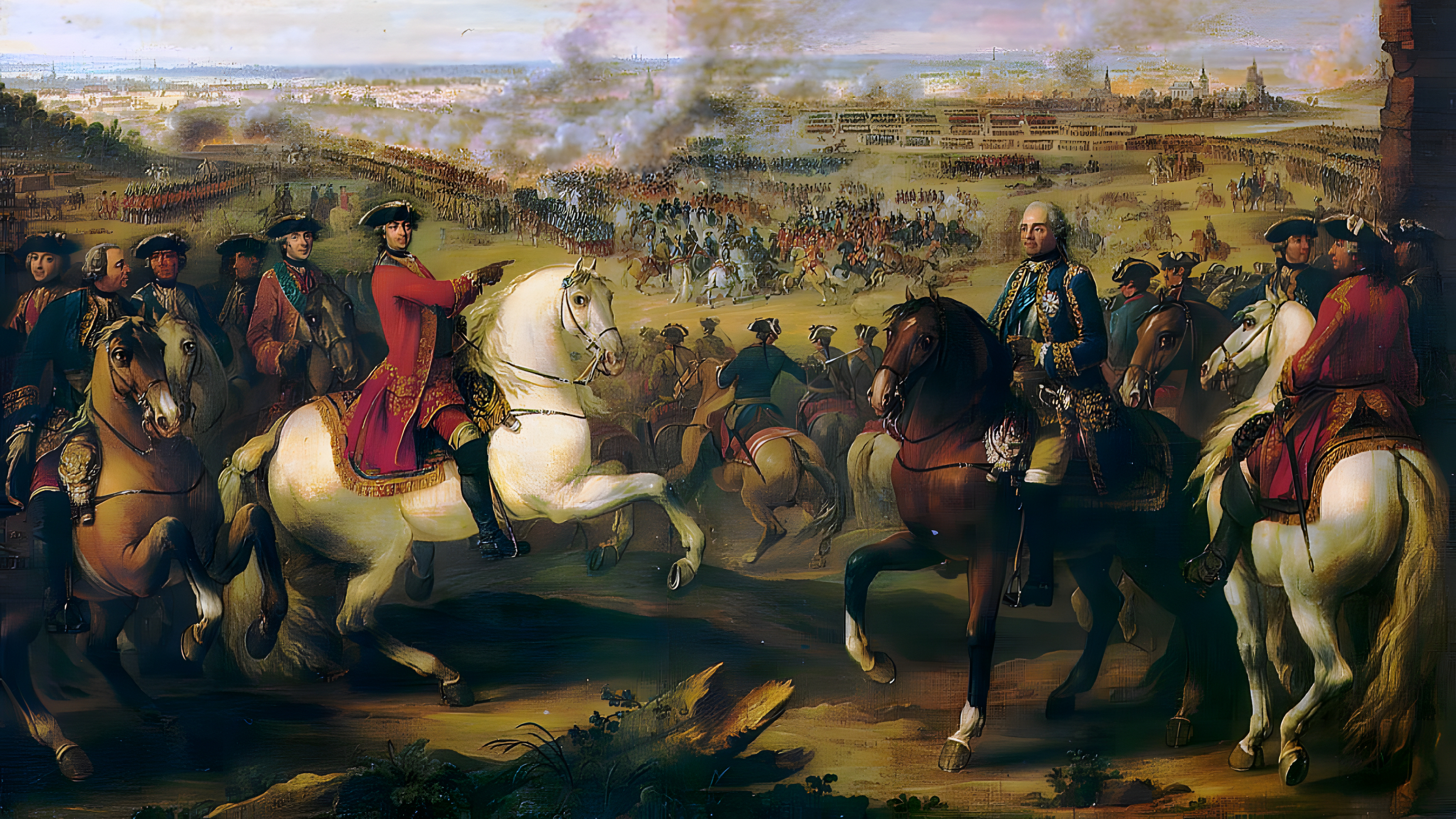
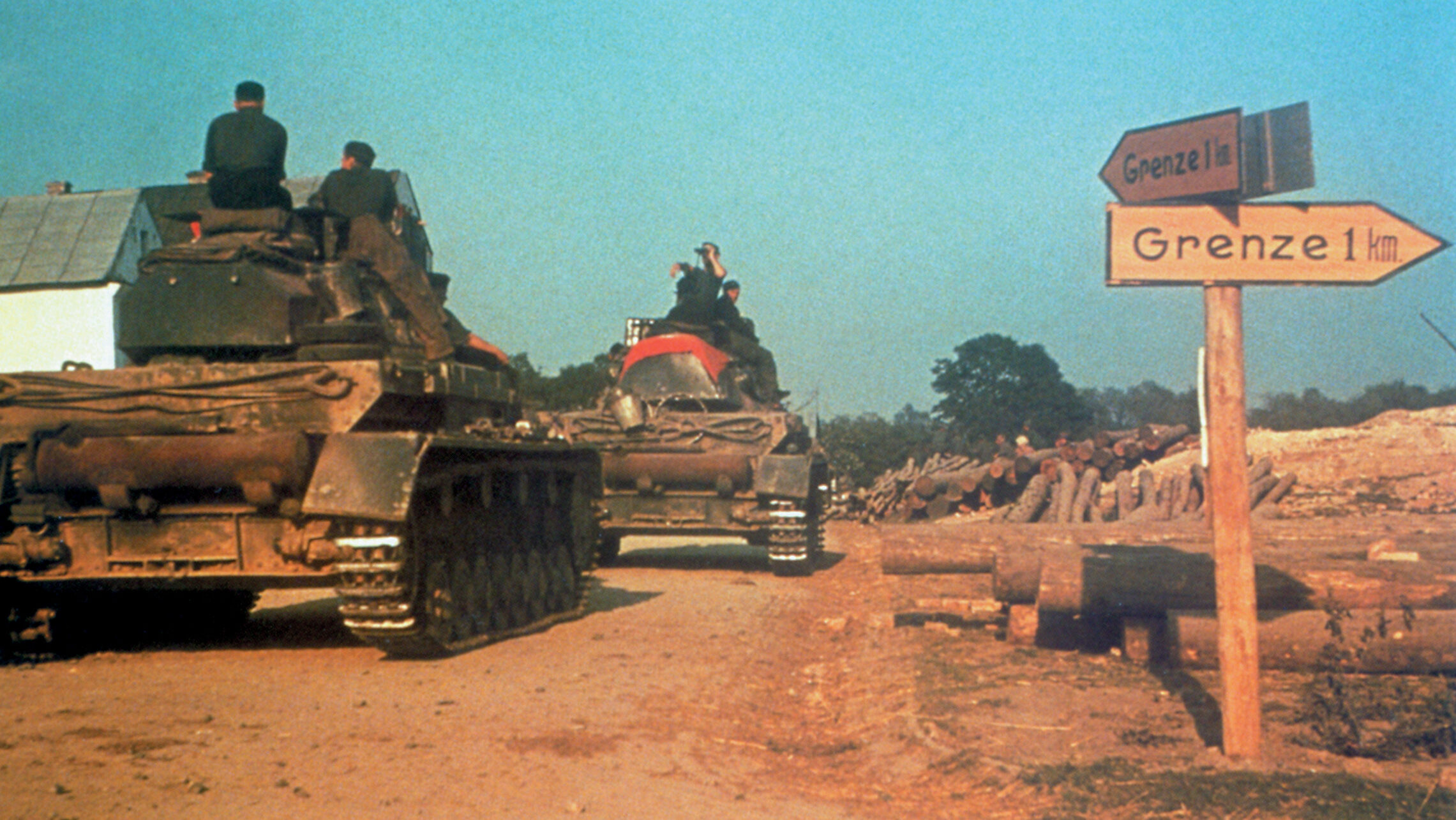
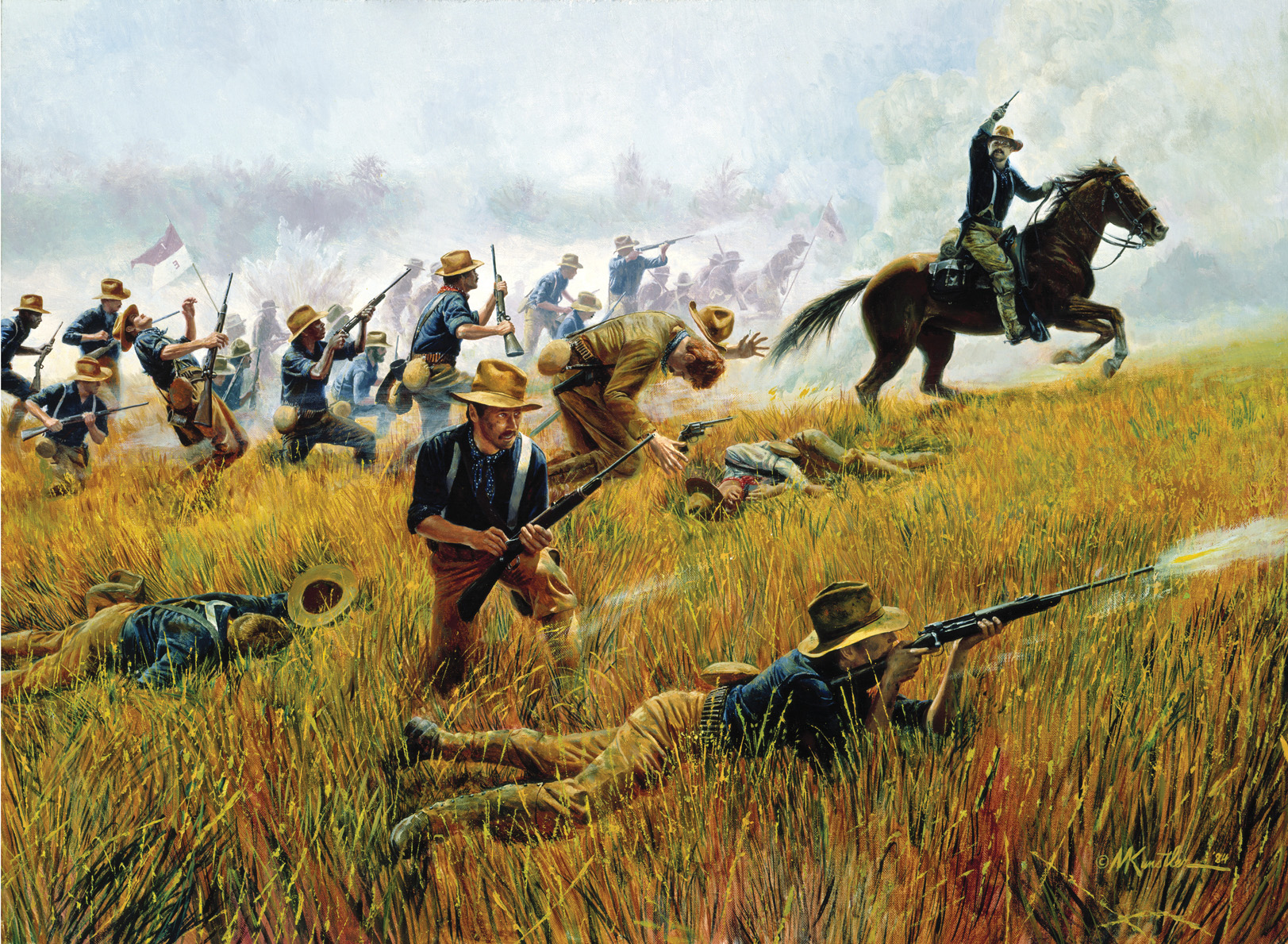
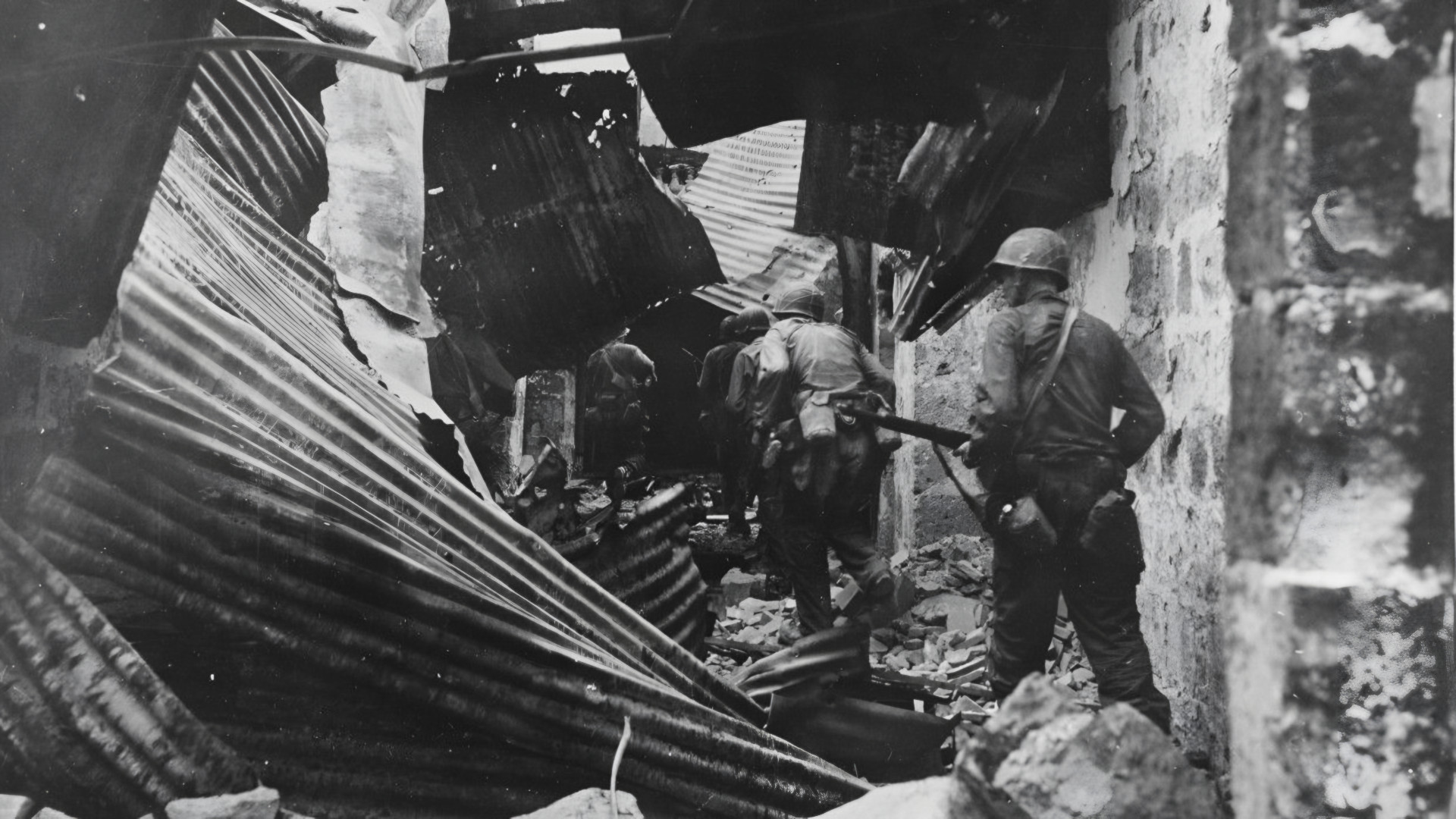
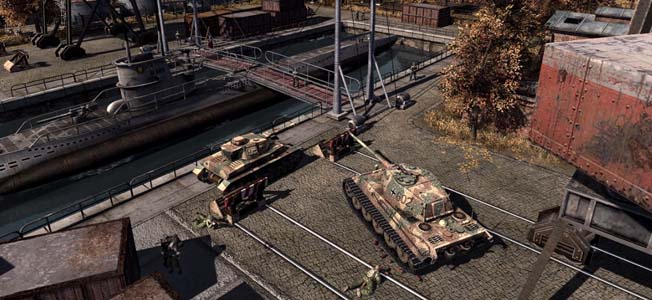
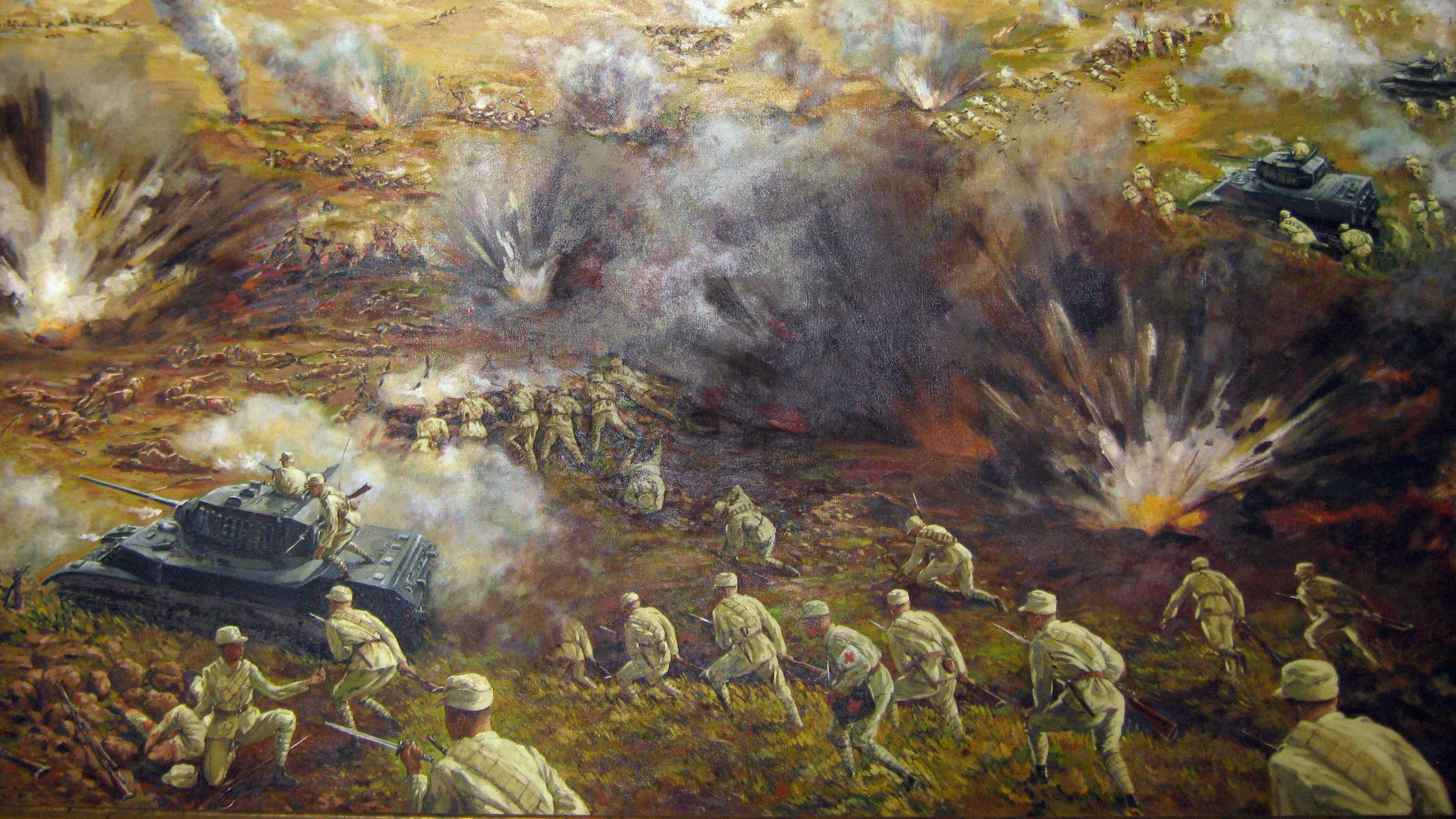
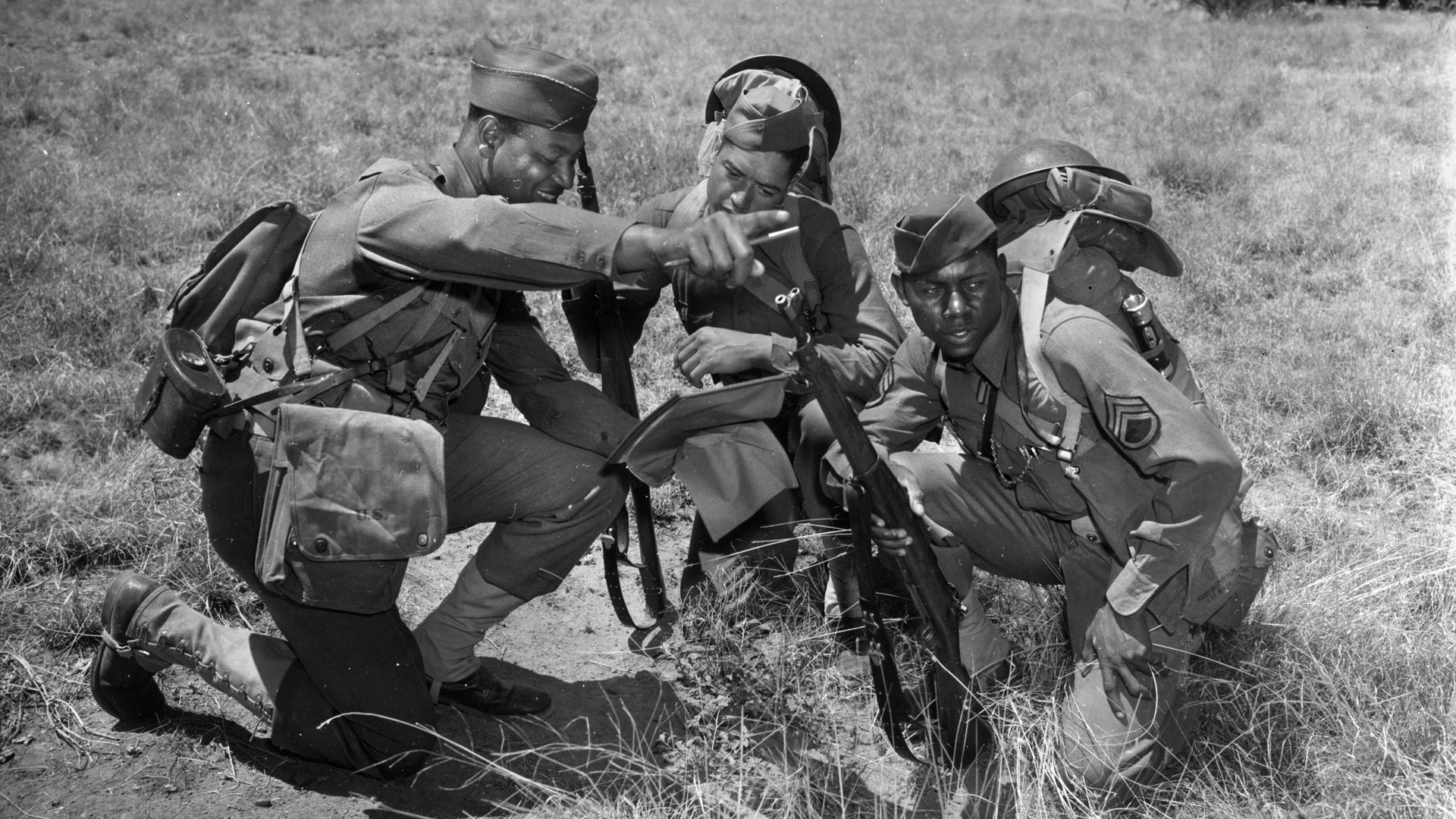
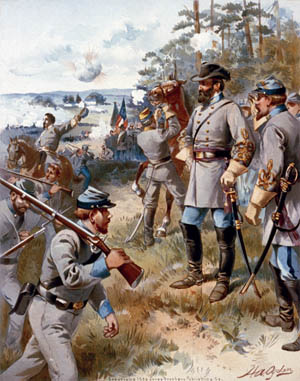
Join The Conversation
Comments
View All Comments